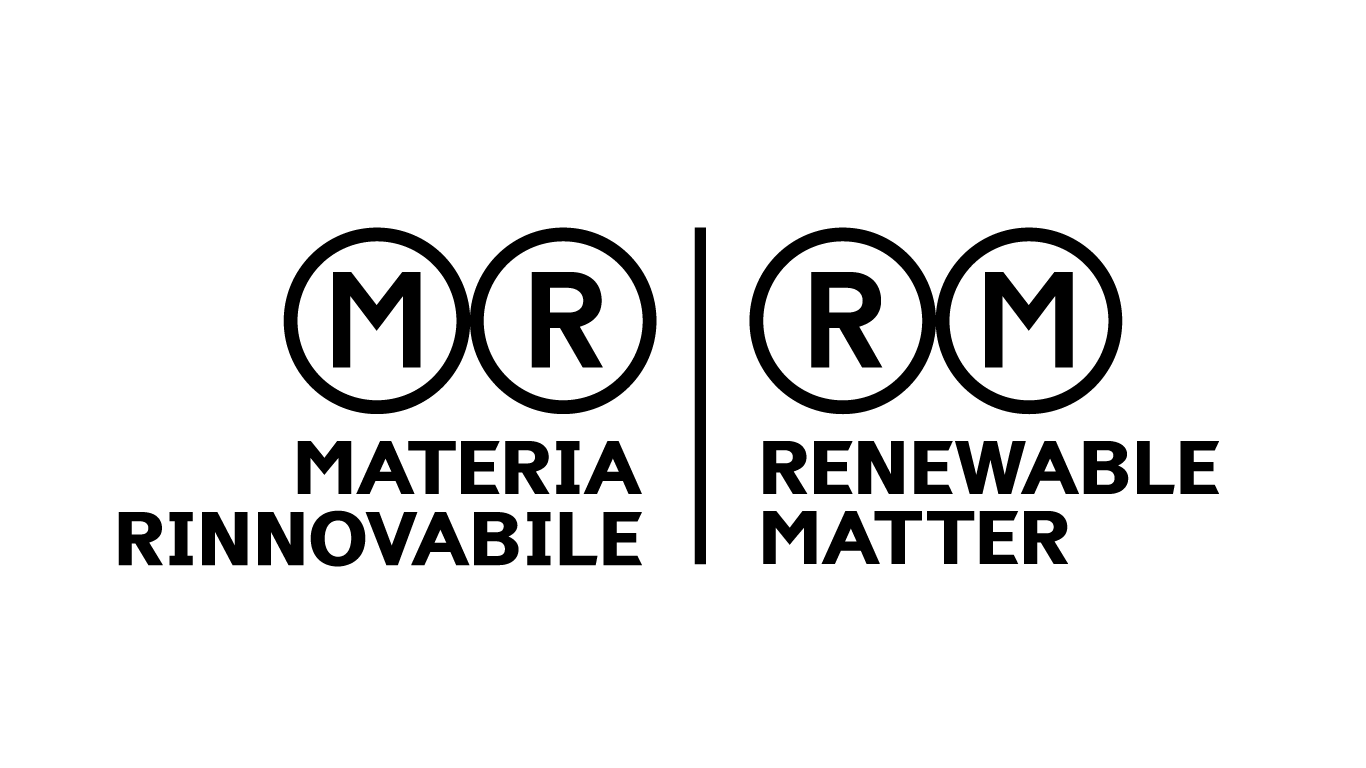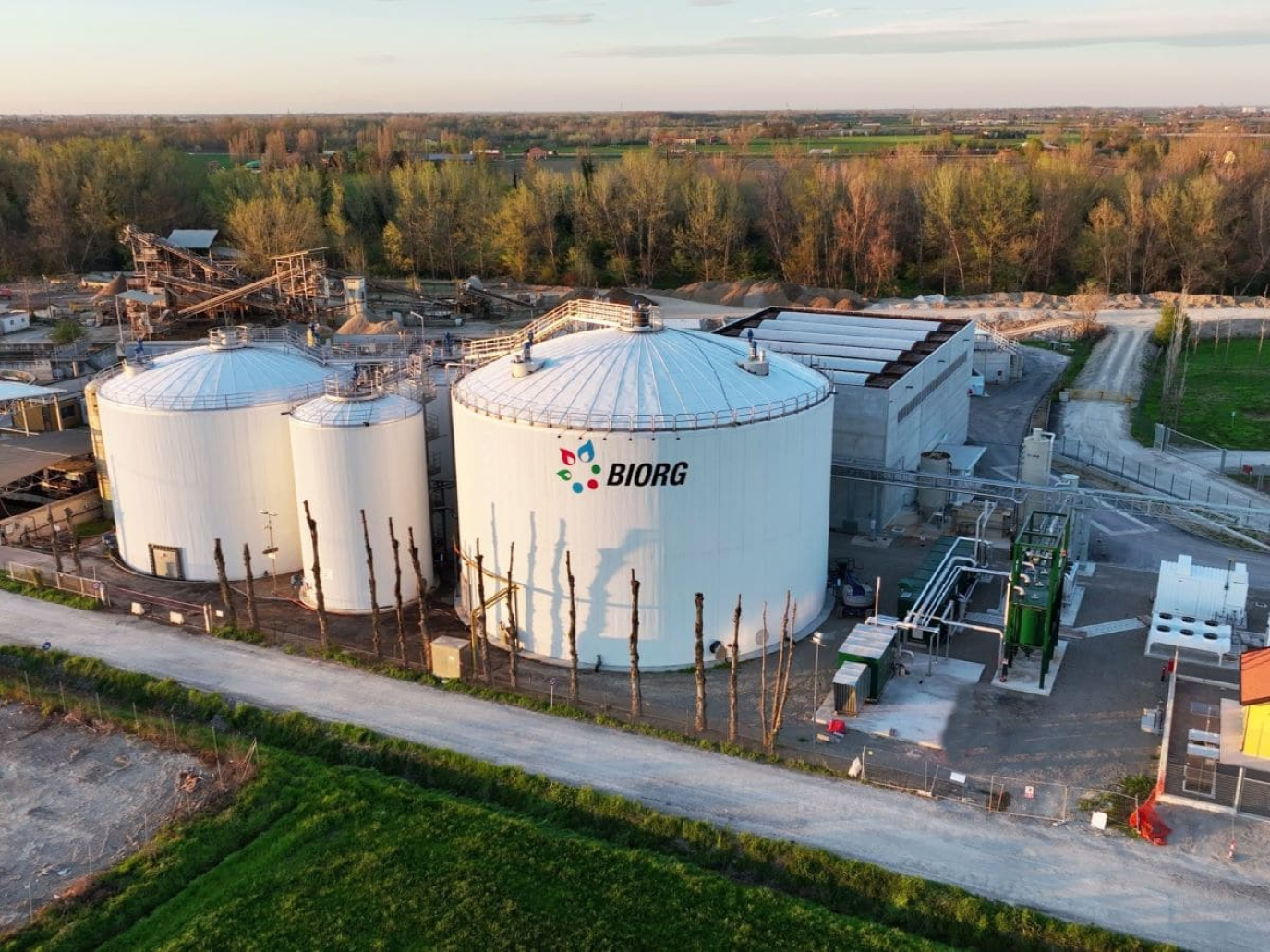
For over twenty years, Inalca, a subsidiary of the Cremonini Group and one of the leading players in Italy and Europe in the production and distribution of beef, cured meats and food products, has been developing its own energy infrastructure to assist in the transition of the industrial system.
A path that started with the pursuit of efficiency through co-generation and heat recovery, and today oriented towards a broader goal: supporting regenerative agriculture and promoting the use of biomethane as the engine of a new agricultural mechanisation. The concept is based on an integrated energy system, in which the group's farms are not only connected to the parent company, but also part of a regional network capable of producing, sharing and utilising renewable energy.
Inalca, the origins of energy infrastructure
The historical trajectory of Inalca's energy infrastructure began with the pursuit of efficiency. It was one of the first companies in the Emilia region to adopt an industrial co-generation system, that is, the combined production, in a single process, of electricity and heat, both for self-consumption.
Today, it has ten co-generation units, for a total of over 16 megawatts installed. “These include plants powered by natural gas and renewable sources, in particular biogas from anaerobic digestion facilities and rendered animal fats. This way, natural gas, the fossil fuel source of the system, is used in highly efficient conditions,” Giovanni Sorlini, head of quality, safety and sustainable development at Inalca, told Renewable Matter. “More recently, tri-generation has also been introduced, representing a further improvement in the overall efficiency of the system, as it enables the production of cooling in addition to electricity and heat, further optimising the plant's energy requirements.”
Another area of work has focused on renewable sources, in particular the production of biogas through anaerobic digestion. The group now has seven anaerobic digestion plants, two industrial and five agricultural. “All are located in the Po Valley. The industrial plants are in Ospedaletto Lodigiano and Pegognaga, while the agricultural plants are located at La Marchesina farms in the province of Milan, La Torre in the province of Verona, Corticella in the province of Modena, as well as other sites in the same area,” adds Sorlini. “At the moment, they produce electricity, but the larger ones are considering how to make the transition to biomethane.”
The Biorg case
In addition to the sites mentioned above, another plant developed by Inalca in joint venture with the utility company Herambiente is located in the province of Modena. “This project is an excellent example of industrial synergy between local companies and collaboration with local authorities,” explains Marco Di Silvestro, plant manager at Biorg. “The facility is the result of the conversion of an existing biodigester owned by the municipality of Spilamberto and managed by Herambiente. Without requiring new land, thanks to the know-how gained in the circular economy and resource regeneration sectors and following the positive experience of the nearby biodigester in Sant'Agata Bolognese, the Hera Group launched this project, supported by the valuable collaboration of another major local company, Inalca, part of the Cremonini Group.”
The plant can produce up to 3.7 million cubic metres of biomethane and 18,000 tonnes of compost per year. The renewable natural gas is generated through the anaerobic digestion of organic waste from separate waste collection in Modena and its province, from local agri-food industry waste and from Inalca's production processes. Once refined, the biomethane enters the gas network, becoming a renewable fuel for public and private transport.
New prospects, from self-consumption to CO₂
Favourable market conditions have allowed Inalca to invest in photovoltaics over the years as well, focusing in particular on self-consumption. 23 photovoltaic systems are currently operational, installed on the roofs of various factories, with a total power output of over 19 megawatts. “This energy network was designed both for self-consumption and to take advantage of the incentives for electricity production introduced about fifteen years ago,” continues Sorlini. “Today, however, in a context of declining public subsidies, production is mainly dedicated to self-consumption. Even on the biogas front, the new incentive framework for electricity production represented by the FER2 regulation is not particularly attractive. The group's objective is therefore to focus on the transition to biomethane, having self-consumption of the energy produced as its primary objective.”
What does this mean? “In the industrial sector, producing biomethane reduces the carbon footprint of factories without disrupting the existing energy structure, currently based on co-generation, by supplying it with an increasing amount of renewable gas. This strategy is particularly relevant for those who are part of the ETS (Emission Trading Scheme) and will be even more so with the new ETS2, which will extend CO₂ quota purchase obligations to more companies. In this scenario, self-production and self-consumption of biomethane are becoming a key tool for increasing energy independence and containing costs,” explains Sorlini, adding that in agriculture, the outlook is perhaps less technical but more interesting. “The production of renewable gas can drive the transition of farms, still dependent on fossil fuels, by powering agricultural machinery and vehicles with renewable fuels. Biomethane production involves the production of CO₂, generated as a by-product of this process. It can be recovered and reused, for example as a refrigerant or for packaging, both within the group and locally, supporting other plants that need it.”
Keyword: integration
Whether for powering biomethane-fuelled vehicles or, in part, for self-consumption of electricity, the prospect continues to be that of an increasingly integrated system. “Much of the electricity produced is fed into the grid, opening the door to smart grid models and energy communities. If biomethane continues to be used for agricultural self-consumption, the surplus electricity can be shared, turning the farm into a true local energy infrastructure. This is an area that has yet to be fully explored, but the regulatory framework is gradually taking shape,” continues Sorlini.
Next is the issue of fertilisers, derived from the by-products of anaerobic digestion. “On our farms, digestate has always been used for self-consumption, reducing the need for chemical nitrogen fertilisers. Now looking ahead, with the revamping of biogas plants and their conversion to biomethane, the process is becoming more complex, or rather multidirectional, as it is geared towards the production of energy, CO₂ and advanced fertilisers. This new approach sees the transformation of a biogas plant from an energy plant to a true biofactory. The digestate is not only reused but also enhanced, for example through the production of biochar using pyrolysis processes: a material that improves soil fertility and sequesters carbon, opening up new possibilities for reducing the carbon footprint in agriculture.”
On top of that, the agri-food industry that Inalca is part of also produces non-edible waste that can be used in agricultural digestion networks. “This synergy isn't just within the company, but between companies: it's an interaction between by-products from the industrial sector, especially slaughtering, and local agricultural by-products,” Sorlini concludes. “The result is a complex but coherent project, aimed at reducing the carbon footprint by both decreasing the use of chemical fertilisers and using products with carbon sequestration capabilities.”
This content is produced thanks to the support of sponsors
Cover: Biorg plant, Spilamberto, photo by Inalca



